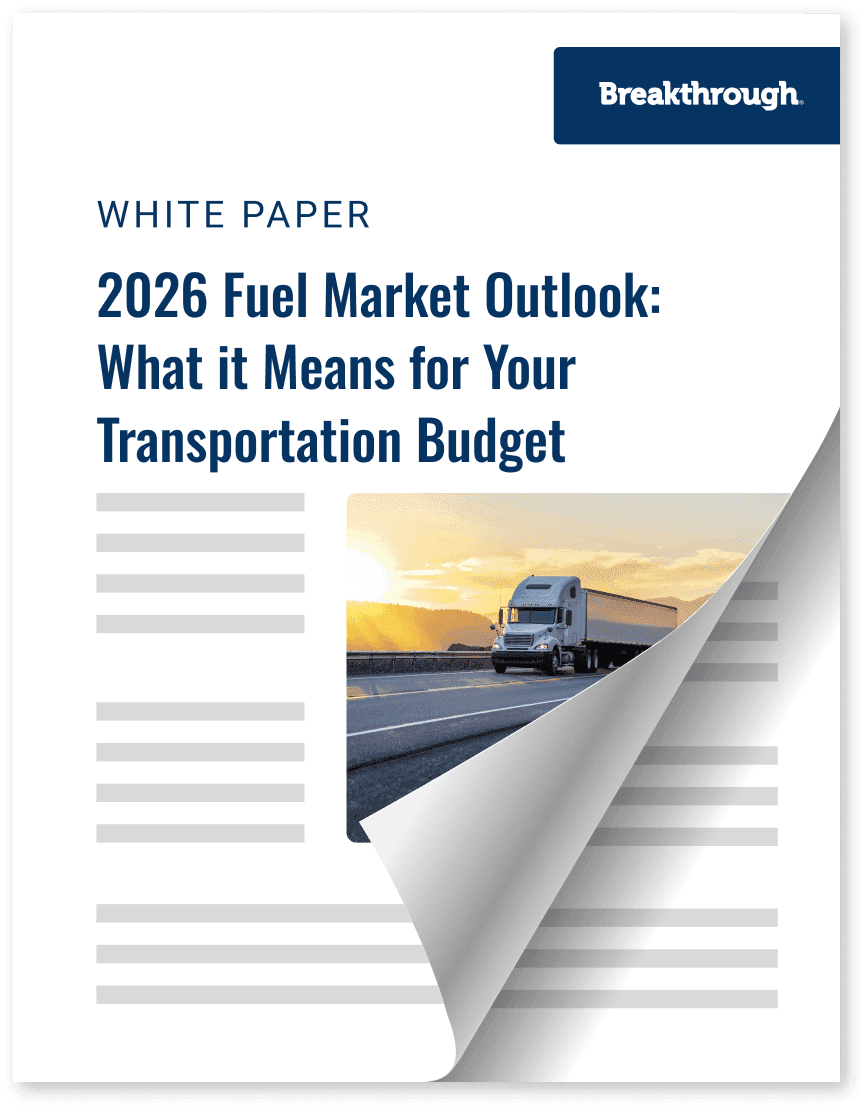2026 Fuel Market Outlook: What it Means for Your Transportation Budget

Trending
Top Posts
5 min read
April 19, 2019

Share:
Table of contents
Browse the table of contents to jump straight to the part you’re looking for
For shippers, determining which carrier partners best fit their network is not a minor undertaking. With over 930,000 different trucking companies operating in the US alone, matching carriers that meet shippers’ location, availability, and consistency goals typically requires a lot of time, advanced data resources, or both.
It is possible, however, to choose carriers that not only fit into your network but present an opportunity for a mutually beneficial shipper-carrier relationship. As a shipper, by knowing what you’re looking for, and having the data necessary to find it, choosing the right carrier can be as easy as these three steps.
First, shippers need to be conscious of what they want – and don’t want— to accomplish with their carriers. While it is certainly important to be flexible throughout the RFP process, knowing the specific goals and considerations needed for your network from the outset helps filter more closely aligned carriers from an exhaustive list of initial possibilities. This creates a more well-balanced carrier strategy as well.
Additionally, the carrier landscape is vast with a myriad of different profiles from which to be selected. Possessing a clear idea of characteristics you are looking for helps refine your decision-making process, making it strategic instead of random, and objective instead of subjective.
No strategic decision about whether a carrier is right for your network can be made without information on how their network compares to your own – and no comparison of this nature can be completed without real-time data representing movements from both parties.
At Breakthrough, our vast collection of lane-level data gives us access to valuable insights about the supply and demand dynamics of carriers’ vehicles in operation. Not only do we extract this from multiple third-party sources, we also utilize our own client base’s movement data on nearly 5,000 carriers to illustrate large-scale carrier behavior, as well as provide a more granular view of how specific carriers may meet the requirements of our clients down to the lane level. This data includes carriers of all different sizes, so that the shipper can be certain their carriers will fit well in their network.
Accessing and cultivating a deeper understanding of a shippers’ freight movements creates a better viewpoint from which to evaluate how a carrier fits into their network. This data-consciousness allows shippers to better understand a carrier’s ability to meet their demand as optimally as possible, based on the movements they are making, and supply and demand dynamics in their network.
Once you know your strategy and have the data necessary to evaluate and compare carrier networks to your own, how do you decide which carriers to choose?
This step in the process can become increasingly complex if you don’t know what to look for. For many shippers, simply possessing the data and being able to see it is not enough to create actionable insights into carrier fit. To get a better sense of a carrier’s alignment in your network, there are four key components to evaluate:
The level of consistency in the relationship between shipper and carrier should also be considered. For example, how many shippers does the carrier work with in the area? The level to which a carrier actively engages, abides by contracts, and follows through on commitments with their various shippers provides a window from which you can ascertain the strength of a future partnership with them.
Possessing a degree of operational opportunity is also valuable in a potential shipper-carrier relationship, and this can take several different forms. Does the area of interest present backhaul opportunities for the carrier? Does the shipment fit into reverse of a lane in which they are already running? Knowing the aspects of your operations that may be attractive to a potential carrier partner can help illustrate the benefits of a partnership between both groups.
It is also important to evaluate how close carriers are coming to an area of interest. If they must travel a greater distance from the previous shipment’s destination to the shipper’s desired origin, this proximity (and the resulting deadhead) would not present as good of a fit as a carrier who operates consistently within the geographic range of that origin location.
Balance involves knowing a carrier’s supply and demand dynamics in an area of interest. For example, if a carrier is in greater demand in a shipper’s desired destination, they may be an advantageous choice because they would also benefit from sending additional capacity to that area. Conversely, if there were an oversupply of trucks in a destination, the carrier may be more hesitant to send in additional capacity and would be a poor fit for the shipper.
No carrier match is ever going to be one hundred percent perfect because the nature of the freight market is ever-evolving. With the right data resources, however – and a team dedicated to turning them into actionable insights for your network — more optimal carrier relationships are possible. This improves not only your day-to-day operations, but creates better carrier partnerships that respond effectively to new market challenges and a dynamic freight environment.
With FELIX, shippers receive an unbiased, holistic transportation lifecycle management solution with a direct focus on their data, strategy, execution, and compliance. With a focus on ongoing compliance management, shippers benefit from rapid response to dynamic network fluctuations and actionable, in-the-moment routing guide amendment recommendations to ensure that they and their carriers are operating effectively.
To learn more about FELIX, please visit our solutions page.

6 min read
November 20, 2025
Understand the impact of Ukrainian drone strikes on Russian refineries. Learn why diesel prices are volatile and how to protect your budget from market shocks.
Read more
7 min read
November 11, 2025
Discover how fuel management systems cut costs, track emissions, and improve reimbursement accuracy for modern freight operations.
Read more
6 min read
November 10, 2025
Explore how the proposed Union Pacific–Norfolk Southern merger could reshape rail in the U.S. Learn impacts on competition, pricing, and service.
Read more